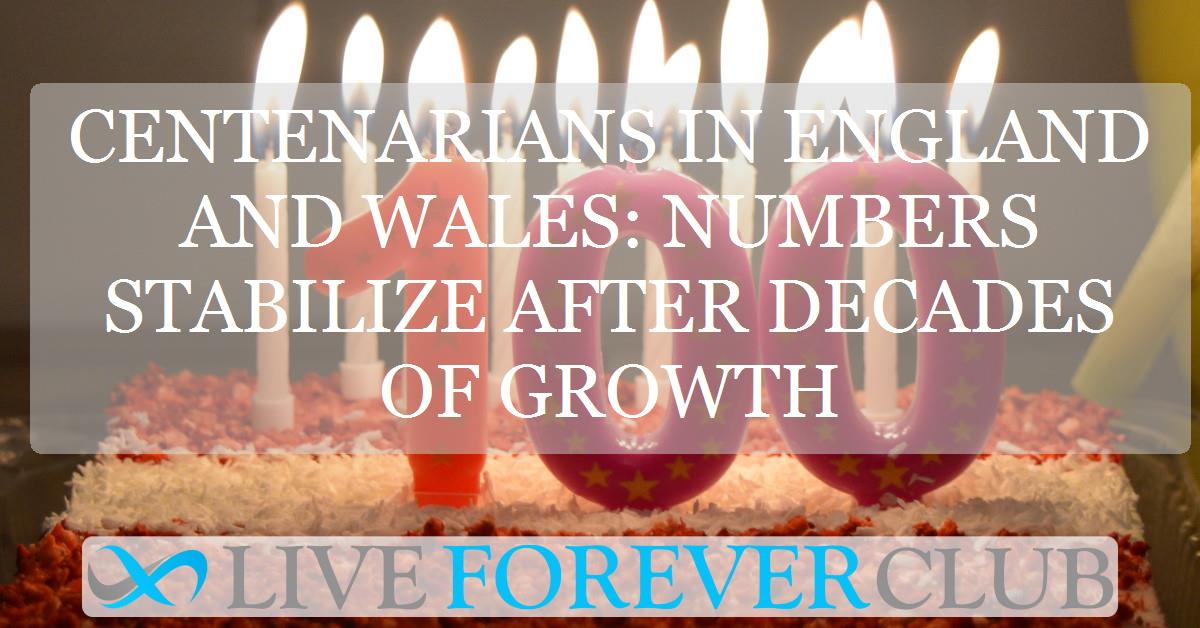Key points from article :
Recent data from the Office for National Statistics (ONS) suggests that the number of centenarians—people aged 100 and over—in England and Wales may have reached its peak. As of 2023, there were approximately 14,850 centenarians in these regions, which is more than double the number recorded in 2002, but represents a slight decrease of 0.5% compared to the previous year. The report highlights that among these centenarians, around 560 individuals were aged 105 or older.
The increase in centenarians over the past few decades has been largely attributed to improved health, nutrition, and healthcare, particularly for those aged 80 and older. However, the data indicates that the growth trend may be slowing down as the population from the post-World War I baby boom, which accounted for a significant proportion of centenarians, continues to age and decrease in size. For example, in 2023, this birth cohort, now aged 103, made up 9.7% of the centenarian population.
The demographic trends also show a narrowing sex ratio among centenarians, with 4.5 women for every man aged 100 or older, slightly down from 4.6 in 2022. Additionally, Wales has a higher concentration of centenarians than England, with 26 centenarians per 100,000 people compared to 24 in England. Meanwhile, the number of nonagenarians—those aged 90 and over—has decreased since 2019, although there was a slight uptick of 0.2% from 2022. This data paints a picture of an evolving population of the very old, influenced by historical birth trends and ongoing improvements in health and longevity.





